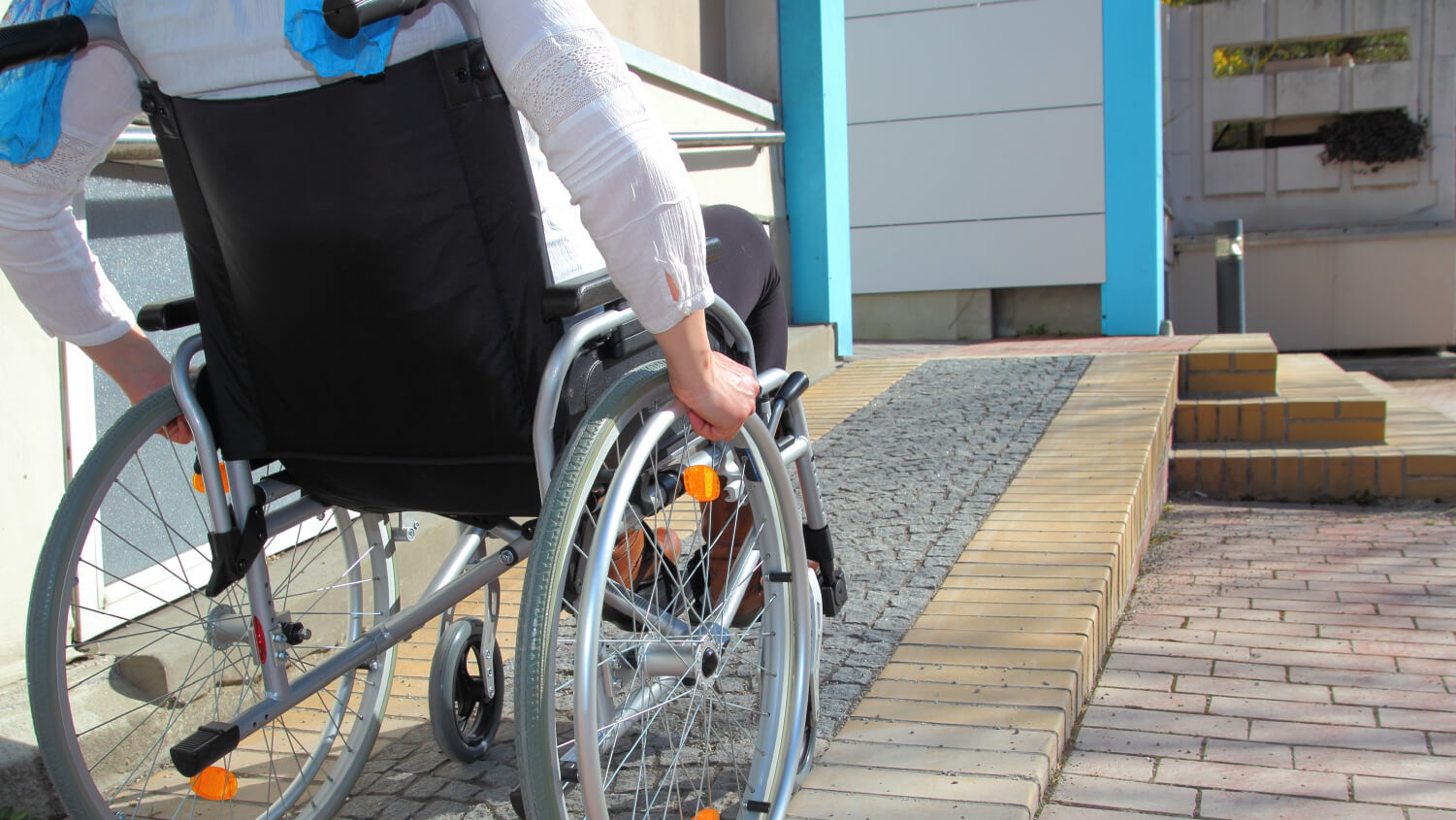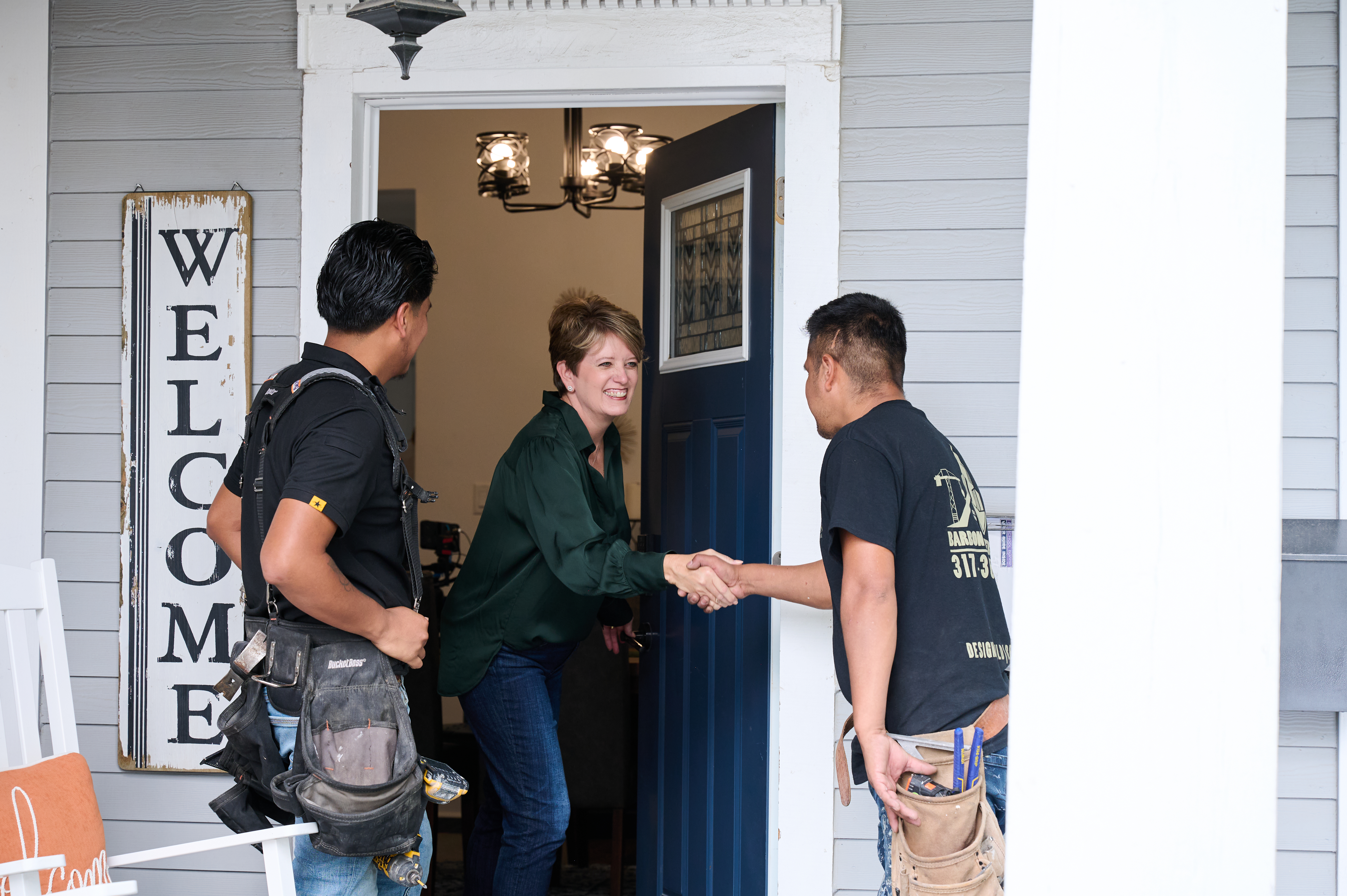
Find out how much it costs to build a chicken coop—whether you've got a few hens in your backyard or a big, self-sustaining flock—with our expert guide.
Keep your home—and your fur babies—safe


Pet doors are a convenient solution for busy pet owners.
Security risks include burglary and stray or wild animals.
You can reduce your risk with strategic door placement.
Locking doors and high-tech electronic solutions are available.
A handyperson can install a pet door for $420, on average.
Pet doors seem like a win-win. They offer our fur babies comfort and freedom while freeing us from opening the door every time they start whining. However, pet door safety is a real drawback that has stopped homeowners from investing in one. Luckily, there’s not all doom and gloom, and in this guide, we’ll break down everything you need to know about safe pet doors.
Generally speaking, it depends on the type of doggy door you have. A doggy door that’s remote-controlled by you would be safer than a door that only has a flap. Also, a door on a wall would pose less of a security risk than one on an entry door.
Despite the convenience they offer, installing a pet door can create new problems, particularly when it comes to home security. Many pet doors consist of a small cutout in a wall, window, or door with a weighted two-way flap that allows pets to come and go without wind and weather coming in.
An unlocked pet door is an opening that anyone small enough can enter. Even if an intruder can’t fit through the door, they may still be able to reach through. Also, many pet doors are located in the back door of the home, often in a fenced yard. These areas tend to be out of view of neighbors and passersby, creating the perfect opportunity for a burglar to go unnoticed.
Like human intruders, any animal that fits through your pet door can enter your home. Common visitors include raccoons, rats, possums, stray cats, and snakes. These pests may relieve themselves inside, get into your food, or lead you to spend time and money on removing them from your home.
While not a security risk per se, the typical pet door involves cutting a hole in a wall or door for permanent access. Moisture from rain and snow can enter your home through this hole, so be sure to caulk your pet door with waterproof silicone or acrylic caulk. A pet door can also allow warm air to escape during colder months, making it more difficult to keep your home warm.
Though they come with security risks, a pet door may still be the solution you need for added convenience as a homeowner and pet parent. Whether you already have a pet door or are considering one for your home, the following tips may help to reduce the risk they pose.
Though most people may envision the traditional pet entrance in their back door, you can also opt to install an opening in glass blocks or an out-of-reach ground-level basement window. Though these tend to be better for cats and small pets that are able to jump to these exits, you can also install a pet ramp or similar feature in your basement to increase accessibility.
Instead of a door or window, you can install your pet door in an exterior wall. That way, burglars cannot reach in to access any locking mechanisms that would make it easier for them to gain access to your home.
Many pet doors now come with enhanced security features, such as locking latches or slide bolts. You can then keep this type of pet door locked when not in use, whether you’re away from home or trying to prevent your pets from going in and out at night.
There is no shortage of home security solutions, from security cameras and motion sensors that connect to your phone to professionally monitored home security services. The cost for a security system can vary greatly depending on the extent of your needs. Choose systems that won’t be triggered by your pet’s body weight to eliminate false alarms.
Another solution that works particularly well with larger dog breeds is an electronic pet door. There are many variations, including options that work with a collar-based sensor to activate the door. You can even install a wireless door chime that will alert you when someone comes through the pet door.
While this option might not work for everyone, it’s worth considering. Security fences can discourage potential burglars from gaining access to your doggy door. This fence is typically taller than your average fence and sometimes has pointy fence tops. You can use a security fence if your doggy door is located in your backyard, as it can help keep your dog contained and add more privacy to your yard. Of course, there are some stylish options if you want your new fence to add to (not take from) your home’s curb appeal.
Even the most well-advanced pet door can stop functioning properly. That’s why it’s crucial to maintain your door to make sure it will work when you need it to. Some ways you can do this is by cleaning off any dirt and debris, ensuring the locking mechanism is functioning correctly, inspecting it for signs of damage on the flap and frame, and replacing worn-down parts.
Installing a doggy door is well within a handy homeowners’ wheelhouse. You’ll need a few tools, supplies, the door (of course), and some time to complete this task. Tackling this project yourself is a good skill builder, and saves you money on labor costs.
However, these doors are another entry point into your home and require precise installation to protect you and your family. Besides safety, these doors need proper sealing to be energy efficient. If you’re not confident that you can install it properly, contact a local handyperson to complete this job. These pros can do the job quickly while ensuring they conserve energy and are installed safely. A handyperson typically charges $420 per project.
From average costs to expert advice, get all the answers you need to get your job done.

Find out how much it costs to build a chicken coop—whether you've got a few hens in your backyard or a big, self-sustaining flock—with our expert guide.

Wondering about the cost to hire a handyman? Discover prices, key cost factors, and money-saving tips to help you plan your next home project.

Discover wheelchair ramp cost estimates, including installation, materials, and tips to save. Learn what impacts your price and how to budget for your project.

For homeowners who struggle to keep up with household chores, or those whose health prevents them from doing certain tasks, hiring help with chores around the house can be a huge help.

Both a handyman and contractor serve different purposes for your home projects. This guide will help you hire the right professional for your unique job.

Every good handyperson knows that bringing the right tools to the job helps them work smarter and faster. From installing fixtures to assembling furniture to doing repairs and remodeling, we’ve rounded up the ultimate handyperson tool list.